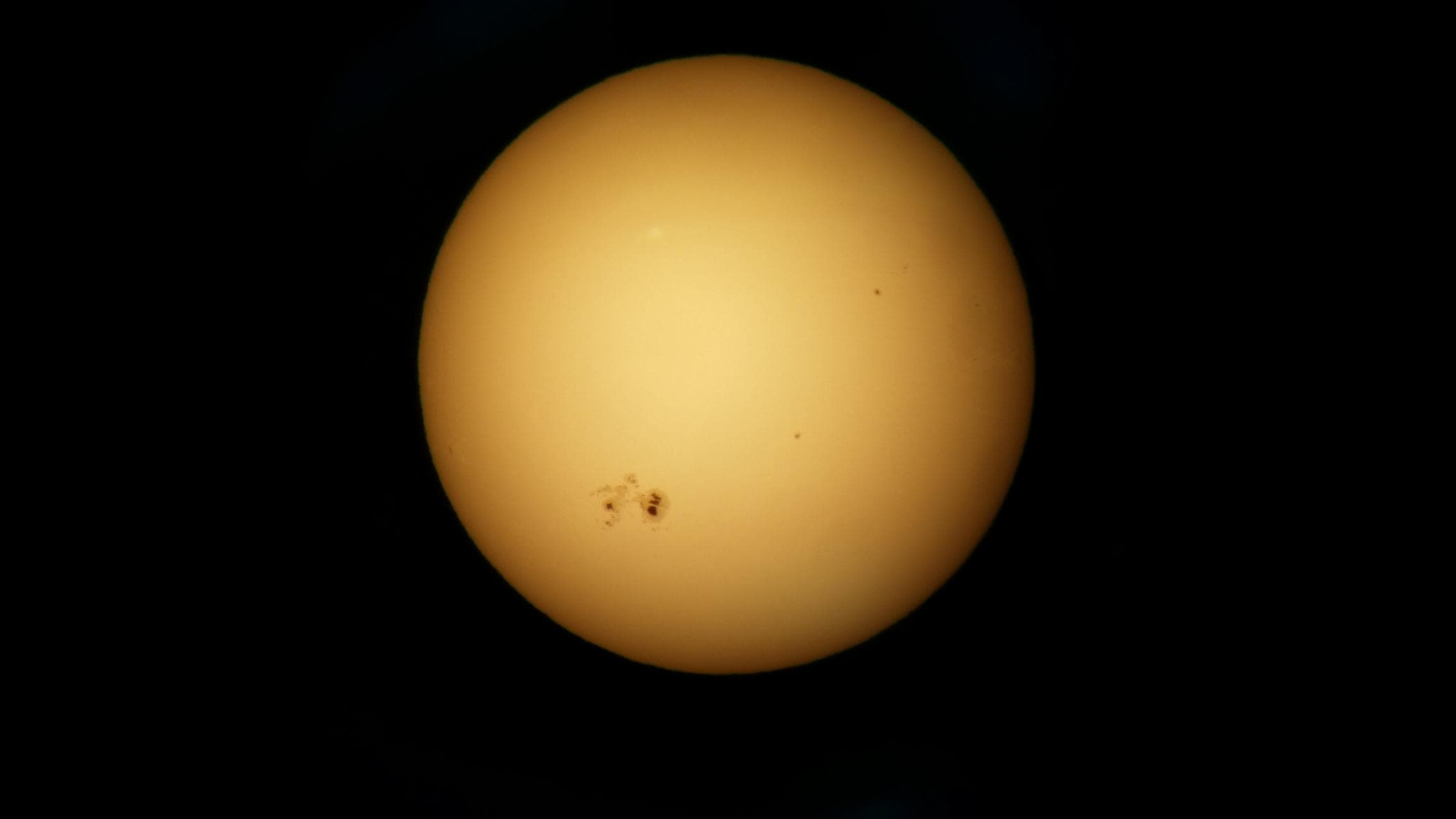SOLAR VIEWING
Solar viewing can be a lot of fun - after all, we do have a star close enough to us that we can actually see detail on it. But because it is close, it can also cause temporary - or worse, permanent - damage to your eyes or skin. The video below talks about the safety precautions to take when doing solar observing, the safe ways to view, and the unsafe methods you should not use to avoid injury.
Looking for links on how to make pinhole or a white light filter? Check these out!
Here are instructions on how to make a pinhole solar viewer, click here or here.
Here are instructions on how to make your own white light solar filter from simple materials and solar film.
H-alpha solar viewing
In the more recent past, a couple of companies have developed specialized filters to allow amateur astronomers to observe solar flares and other features on the Sun in a very narrow bandwidth of light. Lunt Solar Systems and Coronado make telescopes that carefully block all other wavelengths of light so these features can be observed. But, these telescopes can be expensive - even the low-end Coronado PST (Personal Solar Telescope) can be $600 (2020).

But the views are pretty great to see too. If you have the extra money and have an interest in daytime astronomy, then an H-alpha telescope may be a good investment to make.

